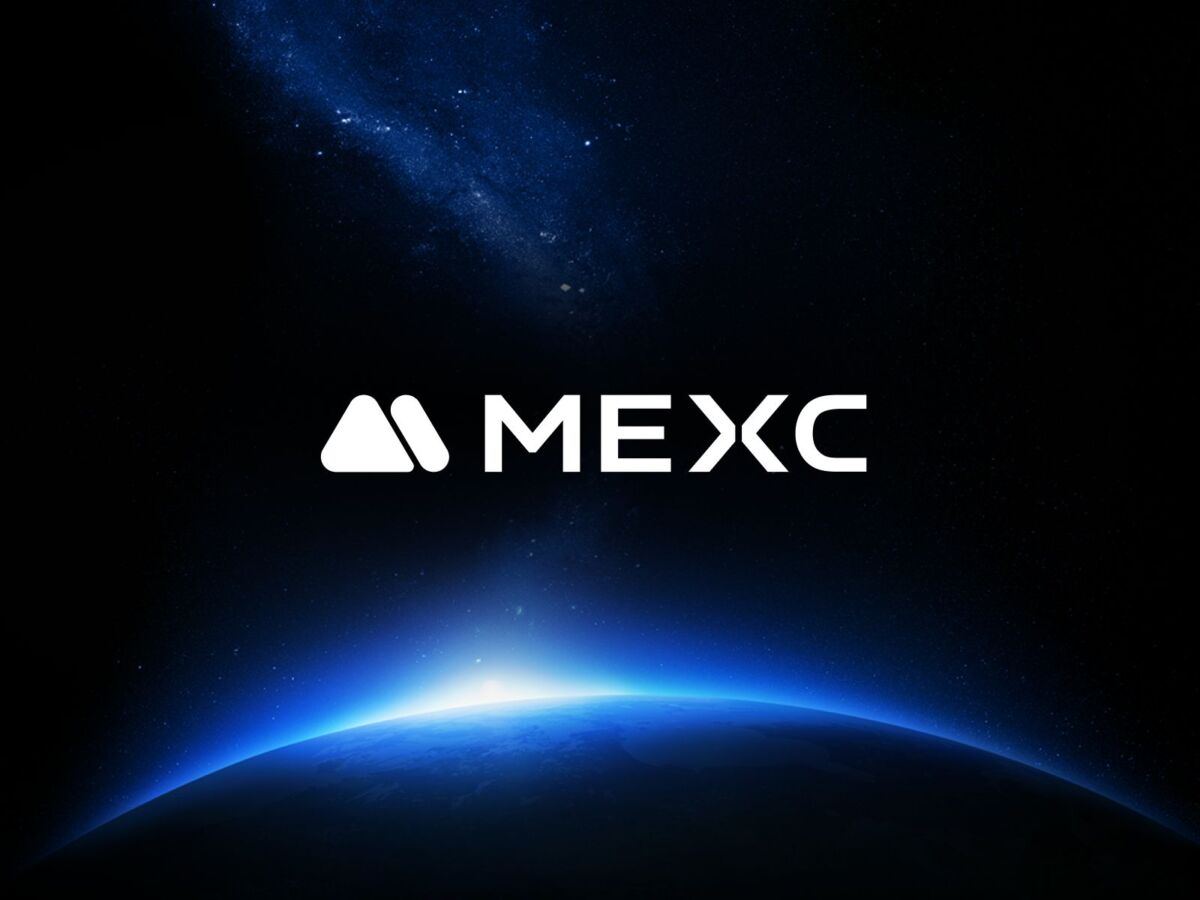Bitcoin’s November bounce: a quick recap
In mid-November 2025, Bitcoin staged a notable intraday recovery, climbing roughly 4% from an early low near $89,300 to highs above $93,500. The move originated from a technical order block in the $88,400–$91,500 zone and, for a brief session, Bitcoin outperformed U.S. equities as risk sentiment wavered.

That price action came against a backdrop of heightened volatility in technology stocks and renewed attention on major corporate earnings tied to artificial intelligence (AI) hardware and services. The short-term strength was meaningful, but several market structure signals suggest caution about whether the rally has legs beyond a tactical bounce.
How equities and AI earnings influenced crypto flow
Global equity markets were softer during the same period. Major U.S. indices pulled back, with technology and AI-related names leading declines as investors trimmed positions ahead of key quarterly reports from AI infrastructure providers.
Earnings from firms that supply AI compute — chips, data-center hardware, and cloud services — are being treated by markets as a barometer for how deep and sustained the AI investment cycle will be in 2026. Strong outturns could reinforce risk appetite, while softer-than-expected results may trigger broader de-risking across risk assets, including cryptocurrencies.
Why this matters for Bitcoin
- Investor behavior is interconnected: a rotation out of high-growth tech names can spill into crypto even when Bitcoin’s fundamentals remain intact.
- Speculative positioning tends to amplify around corporate catalysts. Traders often reduce exposure into earnings, compressing risk assets simultaneously.
- Positive earnings surprise for AI hardware could restore risk-on momentum, potentially benefiting Bitcoin. Conversely, disappointing results usually lead to a flight to liquidity.
On-chain signal: exchange premium gap points to weaker institutional demand
One of the more telling on-chain indicators in November 2025 was a pronounced negative exchange premium gap. This metric measures the price difference between a large, institutionally preferred U.S. spot venue and platforms that skew toward retail order flow.
On Nov. 17, the premium gap moved to approximately -$114 — one of the lowest readings since late February 2025. Historically, a positive premium has accompanied strong institutional inflows and sustained bullish trends. A deep negative reading, in contrast, often implies that retail-driven platforms are leading price action while institutional activity is subdued.
Interpretation and implications
- A negative premium suggests short-term rallies may be driven more by reactive retail bids than by large, long‑term institutional accumulation.
- When institutions pause, BTC tends to remain range-bound for longer periods because the bid supporting higher prices is thinner and less reliable.
- Traders should watch for a reversal in the premium gap toward positive territory to confirm a more durable bullish regime.
Technical structure: key levels and what to watch
The latest bounce was supported by a well-defined order block between roughly $88,400 and $91,500. Price respect at that band gives the market a clear reference for risk management in the near term.
Important levels to watch:
- Support: $88,000–$91,500 — the order block that held during the pullback.
- Near-term resistance: $94,000–$96,000 — where recent intraday highs and liquidity clusters lie.
- Broader range: $80,000–$105,000 — the larger consolidation band that has defined much of Bitcoin’s price action in 2025.
Traders often treat a confirmed breakout above the upper boundary of the range with increased conviction, particularly when coupled with positive institutional signals and rising open interest in derivatives markets.
Broader 2025 context: macro, ETFs and liquidity dynamics
Several 2025 market themes help explain the backdrop for Bitcoin’s moves:
- Spot ETF flows: The presence of spot Bitcoin exchange-traded products has reshaped how institutions access BTC exposure. Net flows into these vehicles remain a key measure of sustained institutional interest.
- Monetary policy and rates: Expectations around central bank policy and rate paths continue to influence risk asset correlations. Any shifts in rate guidance or inflation data can rapidly change appetite for speculative assets.
- AI and sector rotation: The AI investment narrative has driven concentrated equity moves. Earnings and order-book updates from compute suppliers in late 2025 are a potential trigger for cross-asset repricing.
These dynamics mean crypto markets are not operating in isolation. Spot ETF demand, macro liquidity conditions and equity sector volatility all feed into BTC price discovery.
What investors and traders should consider now
Given the mix of a technical bounce and a weak institutional premium signal, market participants should take a balanced approach.
For short-term traders
- Use the $88,400–$91,500 order block as a reference for tactical longs and stop placement.
- Monitor intraday liquidity and volume—rallies with low institutional participation may fade quickly on macro shocks.
- Watch derivatives metrics (funding rates, open interest) to gauge speculative intensity.
For medium- to long-term investors
- Focus on structural indicators such as cumulative net inflows into regulated spot products and long-term on-chain holder behavior.
- Consider dollar-cost averaging to manage timing risk while keeping exposure to the broader adoption narrative.
- Keep an eye on macro developments—shifts in policy or liquidity can create buying opportunities or increase drawdown risk.
Scenarios to prepare for in the coming weeks
Market outcomes will hinge on several moving parts. Here are plausible scenarios and what they imply for Bitcoin:
- Positive AI earnings + rising institutional flows: Renewed risk-on environment, positive feedback into spot ETF inflows, and a sustained breakout above the $96k zone.
- Mixed corporate results + continued negative premium: Range-bound BTC, with swings confined to the $80k–$105k band and heightened sensitivity to macro headlines.
- Broad market sell-off: Liquidity-seeking behavior could pressure BTC alongside equities; retail-led rallies would likely evaporate quickly without institutional backstop.
Practical risk management
Active management remains essential. Consider the following risk controls:
- Position sizing aligned to defined support/resistance and account risk tolerance.
- Layered entry and exit points to capture favorable execution across volatility regimes.
- Regular review of on-chain flows and exchange premium metrics as part of your decision framework.
Conclusion: measured optimism
Bitcoin’s mid-November rally demonstrated resilience and the ability to outperform equities in specific short windows. However, on-chain exchange premium readings imply that the newest leg higher may be primarily retail-driven, which can limit sustainability.
For market participants, the combination of technical structure, on-chain signals and macro/corporate catalysts in late 2025 calls for measured optimism. Traders can take advantage of tactical opportunities, while longer-term investors should keep an eye on institutional flows and macro liquidity to validate a broader bullish thesis.
As always, maintain discipline with risk controls and monitor evolving indicators to adapt to rapidly changing market conditions.
Disclaimer: This post is a compilation of publicly available information.
MEXC does not verify or guarantee the accuracy of third-party content.
Readers should conduct their own research before making any investment or participation decisions.
Join MEXC and Get up to $10,000 Bonus!
Sign Up


